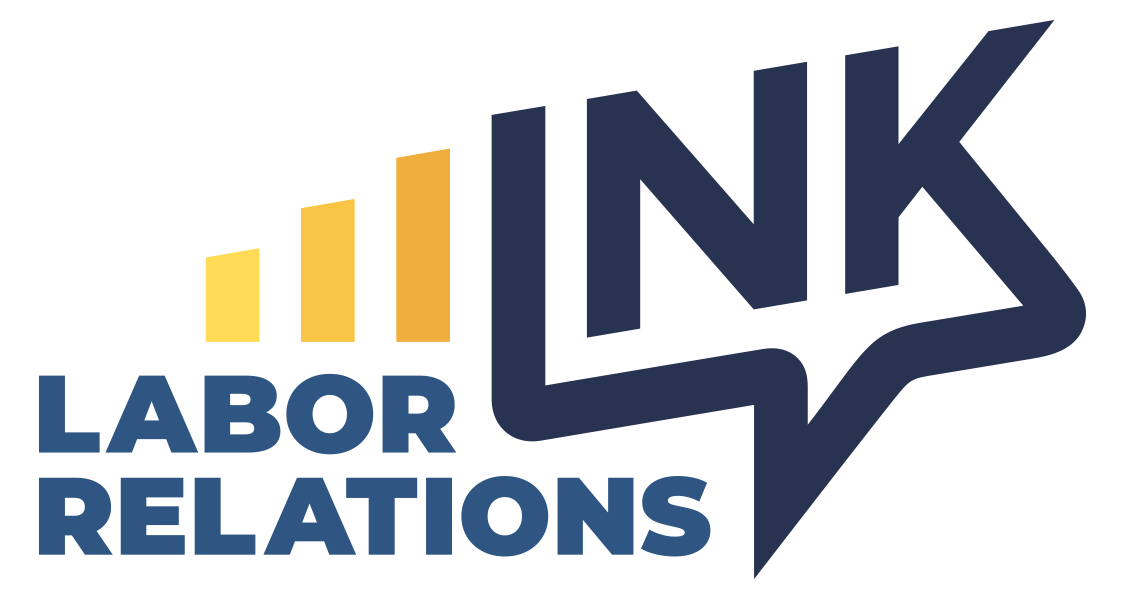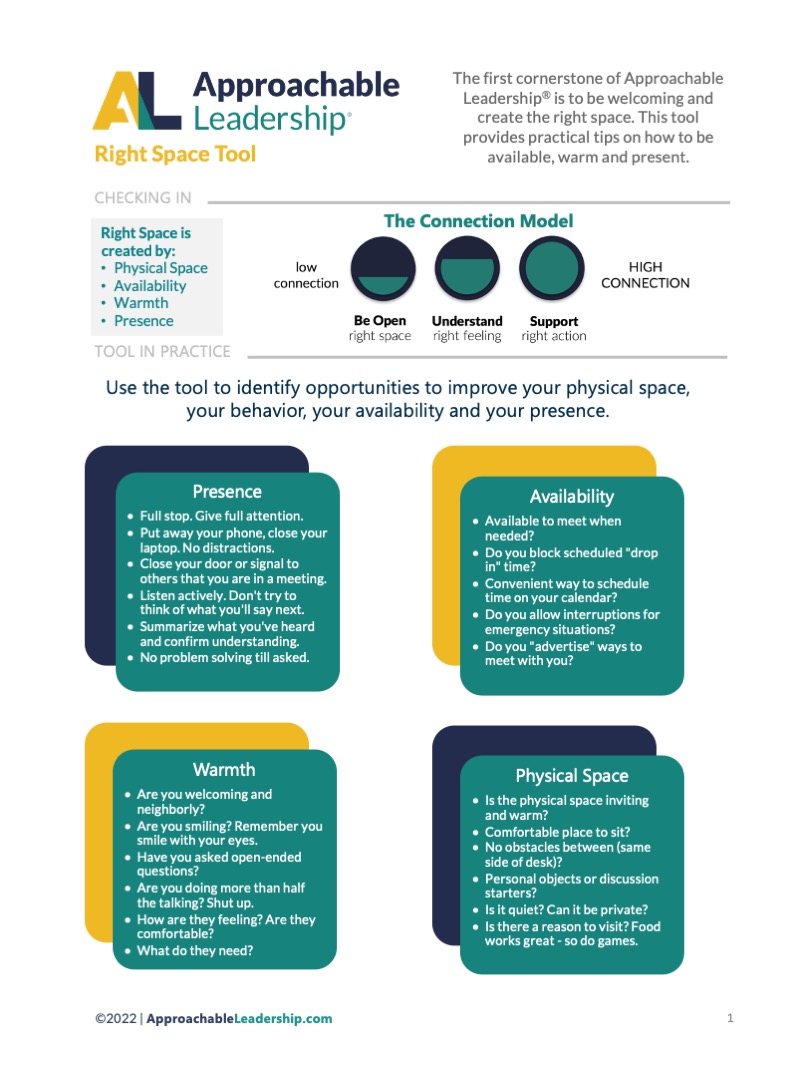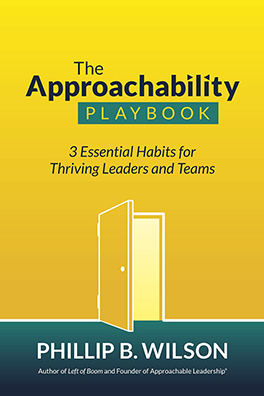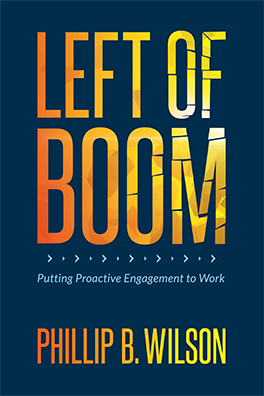This is a very interesting article, based on recent survey of American businesses. The study indicated that 85% of companies are concerned about the impact of the Employee Free Choice Act, and 89% believe EFCA will increase their vulnerability to unions. However, very few are actually doing anything to prepare, even though a full 60% believe that some form of EFCA will pass (I personally think the other 40% have their heads in the ground – see our last several posts for validity for my hypothesis). All would agree that the best defense against union encroachment is an environment in which employees feel that they are appreciated, where their feedback counts, where they feel connected to the growth of the company – what is termed a “positive employee environment.” According to the survey, 70% of companies surveyed believe this exists among their employees, but only 35% have ACTUALLY ASKED their employees through proper surveys. We had a phone consultation last week with the HR manager of a fairly large company having over 20 locations spread across a single state. Even though her company is a “family-run” enterprise, she is fearful of her company’s susceptibility to union organizing. Her industry is one which has historically not been a target of Big Labor, but has recently been drawn into the crosshairs. Thus, she feels her workforce is naive to the threat, and vulnerable due to the proximity of company locations to other high-profile organizing campaigns recently, and the fact that many spouses and other family and friends are involved in these campaigns. When we discussed what she knew of the employees current feelings about their work environment, she had concerns, yet had only anecdotal examples to verify those concerns or dispel them. When we asked if they had surveyed their employees recently, she responded that upper management “doesn’t put much stock in surveys,” and they hadn’t done one for several years. This is a common response. If it is not understood how to properly use surveys, they can indeed be “full of sound and fury, signifying nothing.” Here are a few tips to consider. 1. A survey can uncover opportunities for improving the “positive employee climate” of the company. 2. A survey can mark a point in time from which to springboard into ongoing discussion between management and employees. “Remember when we found out X, so we changed our way of doing Y to make this better…? This reinforces the value of a direct relationship between management and employees, and continues to provide pivot points for ongoing conversation. 3. A survey can provide a valuable legal defense if an organizing campaign ever occurs. It is an Unfair Labor Practice to implement “new” changes to try to reinforce a positive employee environment once an organizing campaign begins, BUT if those changes can be linked to the ongoing efforts of the company to implement changes unearthed by a survey that occured prior to the campaign, it is a valid strategy and not considered a ULP. 4. Lastly, segmentation of survey data is a key. It is important to remember that a certain percentage of your employee population will be loyal no matter what, and another percentage will find something to gripe about no matter what. However, the group that makes all the difference are the ones in the middle – the percentage than can be moved up the chain towards the management side. It is important to identify the issues that are important TO THEM – that is the place to plant the fulcrum from which to lever effective change. Companies that take the proactive step to implement a properly constructed survey process (including questions that reveal third-party intervention factors) will be miles ahead in preparing a proper defense against union encroachment, and their company will benefit from the fruit of the process in more ways than simple union avoidance! It is simple, can be done online or via paper (or both), and is well worth the effort. If you need more information – we can help.
Do You Really Know?
by Phillip Wilson | May 13, 2009 | Employee Free Choice Act
INK Newsletter
You have Successfully Subscribed!
Labor Relations Insight
- Phil Wilson Breaks Down Real Leadership on The Lead Up Podcast
- Human Capital Leadership Podcast: Wilson on Leadership Red Flags
- Welcome To More Labor Limbo From A Dismantled Federal Mediation and Conciliation Service
- When Dress Codes Become a Union Issue: Turns Out Pants Are Political
- Boycotts, Investigations, And Rebranding: How Companies Are Feeling A DEI Catch-22






